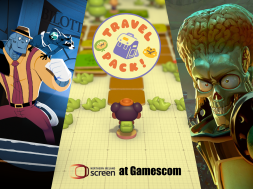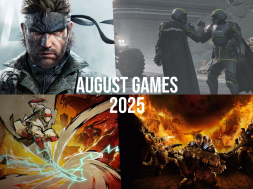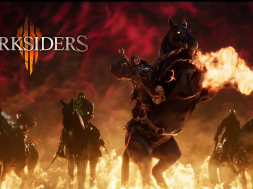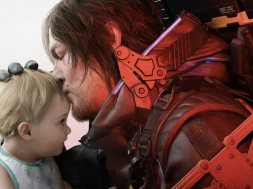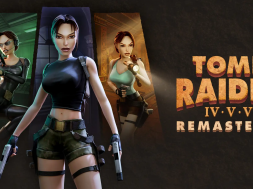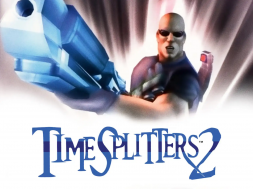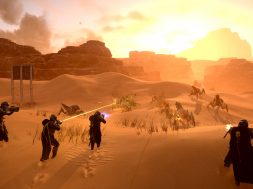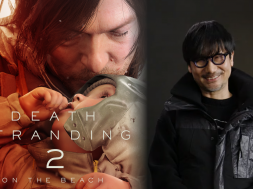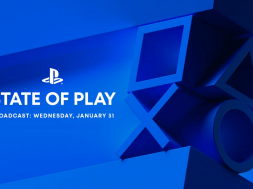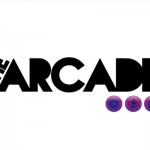

Rarely has any game been anticipated so much or for so long as StarCraft II: Wings of Liberty, released at last on the 27th of July. Its predecessor, StarCraft, was the benchmark by which all subsequent strategy games were judged, with its three distinct warring species – the technological and nomadic Terrans (read: Humans), the swarming, bug-like Zerg and the psychic warrior Protoss – each balanced to have advantages and disadvantages against the other two. The original game boasted both an involved and interesting story in single player mode and a wildly popular multiplayer, which to this day still sees competitors worldwide battling it out for substantial prize money. Not bad for a twelve-year-old game, right?
So its sequel had a whole lot to live up to. Fortunately, production studio Blizzard Interactive are not the type to do things by half. The first demos surfaced in 2008, but Blizzard, determined not to release until the game was ready, held off for two more years of development and extensive beta testing. The result is a game at least as polished as the original, but with whole new layers of innovation and depth. It provides a great experience both for those more interested in the plot-driven single player and the competitive multiplayer.
Single Player
When it came to the single player game, Blizzard changed their approach. In the original StarCraft, players were given ten missions with each species, allowing players to get a taste of how to play each race while being immersed in a continuing story arc. StarCraft II: Wings of Liberty, on the other hand, is really StarCraft II Part One, and focuses entirely on the Terrans. Don’t let that put you off, though – the single player campaign is about as long as the original, and is a complete game in itself. It’s also much more varied in its missions, whether you’re leading a handful of units to infiltrate an enemy base, collecting minerals from inside an active volcano or chasing down a moving train. The two expansions to follow, Heart of the Swarm and Legacy of the Void promise even more varied game experiences, with the former closer to an RPG-style experience featuring the Zerg, and the latter a Protoss story promising some amount of diplomacy to go with your explosions.

There’s also a degree of freedom in the story. It progresses less linearly than many games: for the most part, between levels you’re aboard a battle cruiser called the Hyperion, and from here you take what jobs you can get, being offered a choice at most points throughout the game. The Hyperion is also the setting for many of the game’s excellent cut scenes, which are always entertaining and never interrupt the flow of the game. The voice acting, like in the first game, is superb.
The single-player missions are also rife with references to pop culture, from Blizzard’s own games to the classic Monkey Island series, to the hit iPistol ads. These provide lots of moments of glee for geeks, and people will surely be discussing their favourites for a long time to come.
Multiplayer
Of course, most people play StarCraft for the multiplayer, and here much less has changed. Blizzard have wisely decided not to damage such a successful formula, and a seasoned StarCraft player should be able to drop into a multiplayer game of StarCraft II without having any experience at all. The original units are bolstered, not replaced, by the new ones. As usual, Blizzard have been very careful to preserve the balance of power between the three armies, which means that a match between two equally skilled players will always be a fair fight. They go further than this, though, providing a vast network of competitions and a ranking system to ensure that a fifth-rate player like me doesn’t wind up playing against a professional from Korea. This is good, as the experience would probably be soul-destroying for both of us.
Verdict
Any drawbacks we’ve found in the game have been purely technical. There is first the widely discussed and justifiably condemned absence of LAN capabilities. Many gamers cut their teeth playing StarCraft over LAN, with one disc between eight people, and this surely was part of the original appeal of the game. The second is the fact that, in order to play the game at all, players must be connected to the Blizzard.net servers. I lost a day of playing single player because the European servers were down, and it seems unreasonable punishment of people who have paid money for their game that they can’t play it because of a technical fault in another country. This really soured my experience of the game.
There is a deep part of me that wants to finish this review by suggesting you wait until Blizzard starts treating their customers better, but as on the third of August Blizzard announced that the game had shipped one and a half million copies in a week, making it the fastest-selling strategy game in history, it would likely make very little difference if you did. Whether the game will be as fondly thought of in twelve years as the original we won’t know for another twelve years, but for now this is one of the most solid games I have played in a long time. Whether you’re interested in the immersive story of single-player or the tough competition of multiplayer, this is the game for you.
StarCraft II is available for Mac and PC and can be either downloaded from Blizzard’s website or bought on DVD. The price runs between €40 and €50.

